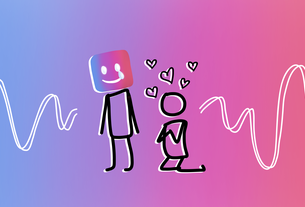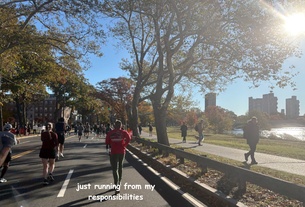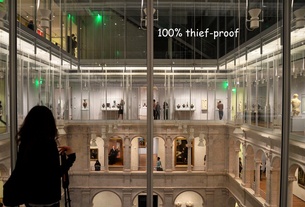SEAS community members across its hierarchy have raised concerns about the lopsided gender ratio at SEAS and its impact on classroom dynamics and the ability of the school to draw talent across the student body.
SEAS Dean Cherry A. Murray said that she believes that the gender gap is hindering both the school and the fields of science and engineering more broadly.
“We need the best minds, and a lot of those minds are not choosing the hard sciences and SEAS,” Murray said in an interview in April.
{shortcode-25067dd09d0893b068c8bc0764fcd5e1f2b0de1a}
With far fewer women than men in the SEAS faculty as well as in its student body, Murray said SEAS is extending job offers to a greater number of potential faculty members who are women. Her goal for faculty recruitment is to be “fifty-fifty,” although she noted that its achievement will “take a while.” Ultimately, she added, the goal is to attract and recruit students who would otherwise concentrate in a non-STEM field.
Meanwhile, students in engineering and applied science concentrations point to problems in the classroom that result from the gender gap.
Ida B. Hempell ’14, a concentrator in applied mathematics, said that she has often worked on projects in which she is the only female in the group.
“There is a sort of pressure on me not to make mistakes, and if I were to make one or two lapses, I would not be taken as seriously,” she said.
Hempell added that the lopsided ratio of males and females at SEAS can deter female students from enrolling in the school, where she said they may not feel “ as welcome.”
Similarly, Anna Papp ’15, an engineering concentrator, said that she is sometimes self-conscious about group projects, which are increasingly prominent at SEAS.
“I’ve been concerned that maybe guys would not want to work with me,” Papp said, adding that despite her concerns, she has not encountered that problem.
Julie R. Macdonell ’14, a computer science concentrator, said that the male skew in SEAS can reaffirm stereotypes and, at times, isolate female students.
“There is definitely this ‘brogrammer’ culture as you move up in the CS Department,” Macdonell wrote in an email, noting that most of her close friends study the humanities or social sciences. “I’m not making any sort of judgment on that culture, but I do think it makes it more difficult to find your niche as a female CS concentrator.”
She wrote that the gender gap is most noticeable in advanced classes such as Computer Science 124, a course on data structures and algorithms. When she attended office hours for the class, all other students at the session, as well as the teaching fellow, were male.
“It’s not a threatening feeling by any means, but I can definitely say that I feel a lot more comfortable working on problem sets with women and getting help from female TFs,” she wrote. “The TFs I have had who are women tend to have more encouraging and nurturing demeanors.”


